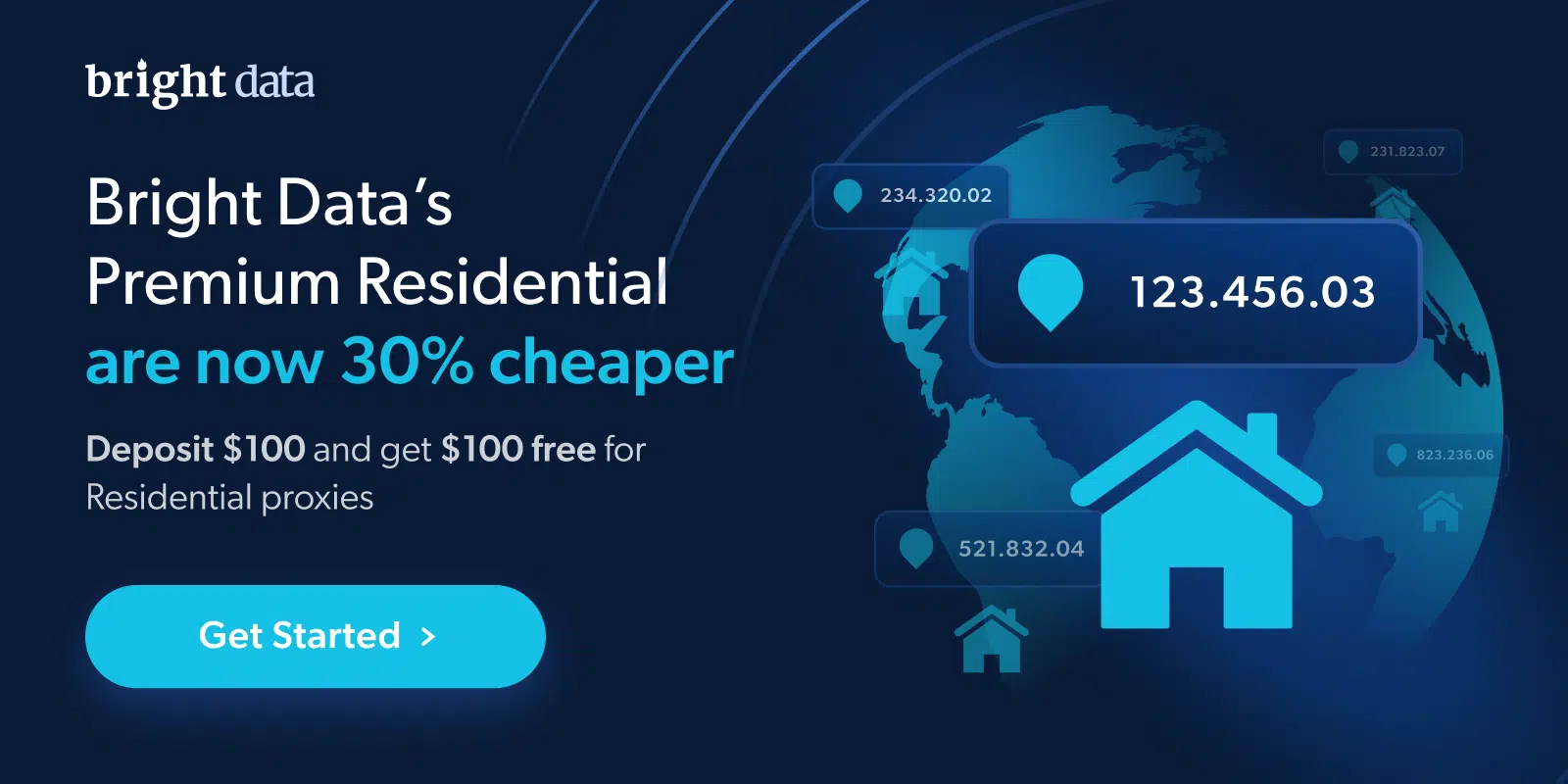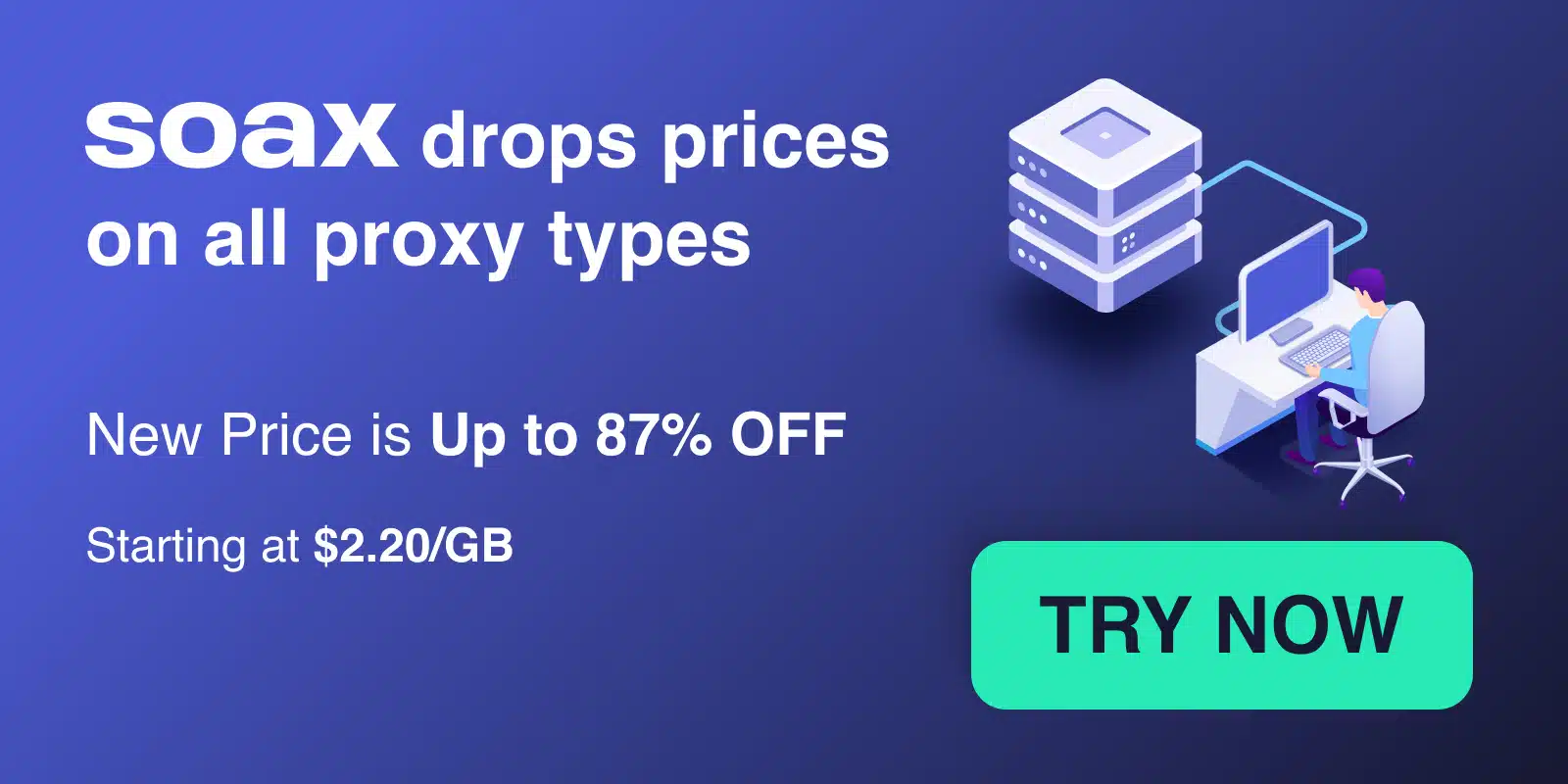With over 200 million businesses listed and over 1 billion monthly users, Google Maps has become an indispensable source of location data. This guide will teach you how to extract value from Google Maps at scale using web scraping.
Introduction
Google Maps provides a wealth of data – business names, addresses, phone numbers, opening hours, customer reviews, images, live popularity metrics and more. This data can provide key competitive insights for market research, lead generation, targeted advertising and location-based services.
While Google provides a Maps API, it is limited to 100,000 free requests per month with additional requests costing $7 per 1000. For larger scraping projects, this can become prohibitively expensive. Web scraping offers a flexible, low cost alternative to access Google Maps data at scale.
Legal and Ethical Considerations
Web scraping public online data is generally deemed legal under US law such as the Computer Fraud and Abuse Act. However, be sure to comply with Google‘s Terms of Service which prohibits scraping that is excessive, disruptive or circumvents their systems. Scraping too aggressively can get your IP address blocked.
Only collect data relevant to your needs, and do not republish scraped content verbatim. Google Maps contains personal information like emails and phone numbers which should be anonymized or pseudonymized before storage and analysis.
Adhering to ethical principles helps ensure your web scraping brings value to society. The ACM Code of Ethics is an excellent guide for responsible computing practices.
The Value of Google Maps Data
Here are some key stats that showcase the vast amounts of data available on Google Maps:
- Over 200 million businesses listed on Google Maps globally as of 2021
- Over 1 billion monthly active Google Maps users worldwide
- Millions of reviews, images, opening hours and other data points on businesses
- Live popularity metrics for over 10 million places worldwide
- Historical archives of Street View images dating back over 15 years
Unlocking this data at scale can provide powerful competitive intelligence for data-driven decisions.
Overcoming Scraping Challenges
Google employs advanced bot detection systems to prevent abuse of their services. Here are some techniques to avoid getting blocked while scraping:
- Selenium Browser Automation – Mimics real user actions like scrolling and clicking by automating a real browser like Chrome. More resistant to bot detection than requests.
- Proxies – Rotate different IP addresses to distribute requests and mask scraping activity. Proxy services like BrightData offer thousands of IPs.
- Captcha Solving – Google uses reCAPTCHA v2 on Maps which requires solving visual challenges manually. Tools like Anti-Captcha can help automate this.
- Clean Data – Scraped data contains inconsistencies and duplicates that need cleaning before analysis. Budget time for data wrangling.
With the right tools and techniques, these challenges can be overcome to access Google Maps data at scale.
Scraping Google Maps with Selenium
Here is a step-by-step guide to scraping Google Maps using Selenium and Python:
Install Required Packages
pip install selenium pandas numpy regex pymongoSetup Driver
from selenium import webdriver
driver = webdriver.Chrome()Configure proxies and options as needed.
Search for Places
driver.get("https://www.google.com/maps/search/restaurants+in+Los+Angeles")Extract Data
Use element selectors to extract key fields:
places = driver.find_elements(By.CLASS_NAME, "section-result")
names = [place.find_element(By.CLASS_NAME, "section-result-title").text for place in places]
addresses = [place.find_element(By.CLASS_NAME, "section-result-location").text for place in places]
place_urls = [place.find_element(By.CSS_SELECTOR, "a.section-result-action-icon").get_attribute("href") for place in places]Navigate to Place Page
Click into each place to scrape additional data like reviews:
for url in place_urls:
driver.get(url)
reviews = driver.find_elements(By.CLASS_NAME, "section-review-text")Continuously Rotate Proxies
To scrape at scale, proxies must be cycled to avoid detection:
from brightdata.brightdata_service import BrightDataService
resolver = BrightDataService.create_proxy_resolver()
while True:
driver.quit()
driver = webdriver.Chrome(resolver=resolver)
driver.get(next_url)This allows scraping thousands of locations reliably.
Scraping Popular Times
Google provides live popularity data for places via an API endpoint. A sample response:
"popularTimes": [
{
"day": 0,
"data": [
{"hour": 8, "percent": 24},
{"hour": 9, "percent": 100},
{"hour": 10, "percent": 88},
]
}
] The percent field contains the live busyness metric ranging from 0-100. Here‘s how to extract it in Python:
import requests
import pandas as pd
api_url = place_url + "/data/details/json"
times_data = requests.get(api_url).json()["popularTimes"]
df = pd.DataFrame(times_data)[["day","hour","percent"]]Visualizing this data can reveal weekly patterns.
Scraping Images
Place pages contain image galleries that can be scraped:
images = driver.find_elements(By.CLASS_NAME, "section-image")
image_urls = [img.get_attribute("src") for img in images]Location data like latitude and longitude is encoded in the URLs.
Storing Data at Scale
For large scrapers, MongoDB is a great choice for storage compared to CSVs or Excel sheets. Some best practices:
- Use NoSQL document schema to allow flexibility as fields change
- Create indexes on fields you query on like business names or locations
- Encode geodata like points instead of addresses for geospatial search
- Schedule regular backups as scraping builds up data over time
Here is sample insertion code:
from pymongo import MongoClient
client = MongoClient()
db = client["google_maps"]
places = db["places"]
post = {
"name": name,
"url" : url,
"address": address,
"location": {
"type": "Point",
"coordinates": [lat, lng]
},
"images" : image_urls
}
places.insert_one(post)Analysis and Visualization
Once the data is scraped, the real value comes from analysis and visualization. Here are some examples:
| Analysis Type | Description | Libraries |
|---|---|---|
| Sentiment Analysis | Identify positive and negative themes in reviews | NLTK, TextBlob |
| Topic Modeling | Discover trending topics from reviews using LDA | Gensim, pyLDAvis |
| Image Recognition | Extract text from menus and other images with OCR | OpenCV, pytesseract |
| Geospatial Analysis | Visualize data layered on maps for analysis | Folium, Plotly Express |
Advanced analysis provides competitive intelligence to guide business decisions.
Use Cases
Scraped Google Maps data enables powerful location-based services:
- Market Research – Compare competitor popularity and sentiment across locations
- Lead Generation – Build targeted email and phone lists for outreach
- Site Selection – Optimize new locations based on demographics and foot traffic
- Advertising – Create hyperlocal ad campaigns based on customer movements
- Demand Forecasting – Predict store traffic to optimize staffing for weekends
- Logistics – Plot optimal routes for deliveries based on real-time traffic data
These are just some examples of how web scraped Google Maps data can drive innovation and growth.
Conclusion
While Google Maps provides a limited free API, web scraping offers complete access to map data at scale. With responsible use, these techniques allow individuals and organizations to harness the power of location-based data for competitive advantage.
The world‘s information mapped – it‘s out there. Now go grab it!


